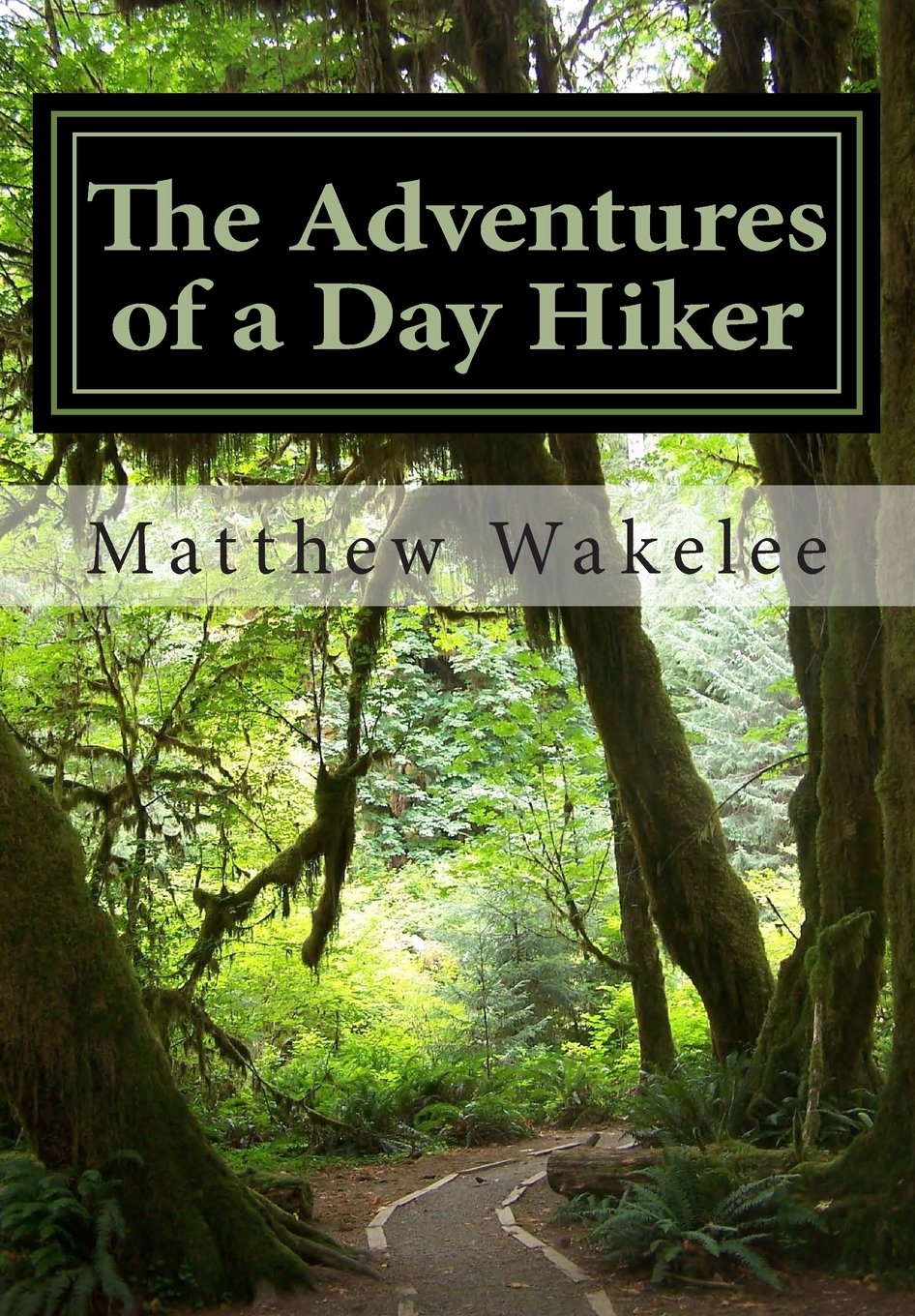I’ve often wondered about what might be the most scenic drive in all of North America. The answer is obviously subjective. There are dozens, if not hundreds, of amazing scenic routes throughout the continent. I’ve enjoyed quite a few especially scenic drives on my travels. There are scenic byways that cling to lakes and rivers, overlook beautiful canyons, climb mountains, and parallel unspoiled coastlines. For me it’s the mountain drives that reign supreme. I really struggle to proclaim a clear winner when it comes to the title of Most Scenic Drive in North America. So, here are my three finalists:
The Beartooth Highway
The Beartooth Highway is a section of Route 212 between Red Lodge and Cooke City in Montana. Cooke City is the nearest town to the Northeast entrance of Yellowstone National Park. The scenic byway is just shy of being 69 miles long. The road climbs more than 5,000 feet to Beartooth Pass (elev. 10,947 ft) at its highest point.
My drive on the Beartooth Highway began in Red Lodge, Montana. I had spent a couple of nights in the rustic ski town and did some hiking in the Beartooths. I began my journey on the stunning highway, not knowing what to expect on my way to Yellowstone. All I knew was it was a scenic byway and I hoped to get to Yellowstone early in order to find a campsite. Well, readers beware; the Beartooth Highway can take two or three hours to traverse. There was a considerable amount of construction when I passed through, making the drive even longer. It ended up taking me three hours to reach Yellowstone, and I couldn’t find a campsite anywhere in the park. That certainly threw a monkey wrench in my plans, but it didn’t take away from the amazing scenery I passed through on the way to Yellowstone.
The long climb to reach Beartooth Pass required some white-knuckle driving. I hugged numerous cliffs as I negotiated long, sweeping switchbacks. The scenic parkway snaked its way around more hairpin turns than I could count. I eventually reached a decent-sized parking lot atop Beartooth Pass. I exited my car and admired the view for a while. The area was surrounded by glacial cirques, large snowfields, and pristine alpine lakes. It was cold and windy despite it being mid-summer. The views from Beartooth Pass are breathtaking. I was high above treeline, which gave me stunning 360 degree views across the Absaroka-Beartooth Wilderness and Shoshone National Forest. I literally felt on top of the world. Mountains, alpine lakes, and forested valleys went on for miles in every direction.
The landscape felt more rugged than many of the scenic National Park drives I had previously enjoyed. There were far less cars and people. There was also much less parking lots and developed areas. It made the drive more intimate to me. I would definitely go back, but next time I’ll be sure to account for the right amount of time it takes to drive the entirety of the Beartooth Highway.
Going-to-the-Sun Road
There is only one road that crosses the heart of Glacier National Park in Montana. Highly regarded as one of the most scenic drives in the world, Going-to-the-Sun Road traverses fifty miles of stunning scenery between the park’s borders. The narrow road runs parallel to pristine lakes and clings to a steep mountain wall as it winds its way up to the Continental Divide and then back down on the other side. The road showcases virtually every type of terrain in the park. It passes through cedar forests, near glaciers and wildflower-clad alpine meadows, over sweeping green valleys, and beneath rugged snowcapped peaks. Thankfully there are plenty of pullouts and scenic vistas to stop at to admire the amazing views, because you can only see so much while clutching the steering wheel with white knuckles.
There are size restrictions on vehicles due to the hairpin turns and tight switchbacks. Vehicles longer than 21 feet or wider than 8 feet are prohibited between Avalanche Campground on the west side of the park and Rising Sun picnic area on the east side. Not only is Going-to-the-Sun Road an incredibly scenic parkway, but it is a profound engineering achievement. Construction began in 1921, but the fifty mile road was not completed until 1932. In some places it precariously clings to mountainsides and when even that is impossible it tunnels through them. It is now a National Historic Landmark and a Historic Civil Engineering Landmark. Despite there being steep drop-offs on the eastern side of the road near Logan Pass there are now very few guardrails. That is because every time new barriers have been built they were consequently destroyed by late winter avalanches. Logan Pass atop the Continental Divide gets hammered with around 80 feet of snowfall annually. The road takes about ten weeks to be plowed and usually opens sometime in June.
I’ve driven on Going-to-the-Sun Road several times. It is equal parts entertaining and terrifying. I did my best to appreciate the views as I drove, but I had to be very careful and stay focused on the twisting road. I found the especially curvaceous sections near the top of the roadway to be incredibly stressful. I still marveled at the views though, in the brief glimpses time allowed. Beautiful, pristine valleys spread out below us while jagged snowy mountains filled the sky above.
The highlight of the drive for me is the highest point on Going-to-the-Sun Road, Logan Pass. At 6,646 feet above sea level, Logan Pass is where the road crosses the Continental Divide. There is a small Visitor Center there and a parking lot that is way too small for the demand it receives. Alpine meadows overflowing with colorful wildflowers sit atop the pass. Trailheads for two of the most popular hikes in the park are also there. Logan Pass is likewise teeming with wildlife. Grizzly and black bears, bighorn sheep, marmots, and mountain goats are common throughout the area.
The Icefields Parkway
This is the roadway that made me use “North America” in the title of this blog post. That’s because the Icefields Parkway is located in the Canadian Rockies. The Icefields Parkway spans 143 miles between Lake Louise and Jasper in Alberta. The route parallels the Continental Divide to the west and passes several alpine lakes, turbulent rivers, and stunning waterfalls along the way. Some of the tallest mountains in all of Canada line the scenic highway as it passes through one of the most beautiful stretches of wilderness in the world.
I’ve only had the pleasure of experiencing the Icefields Parkway once. I was with my wife (before we were married). We were in the Canadian Rockies for a few days as part of a very long road trip. We drove north from Lake Louise along the Icefields Parkway to Jasper. We stayed one night in Jasper and took the parkway south the following afternoon. I don’t recall this route being nearly as curvaceous as Going-to-the-Sun Road or the Beartooth Highway. The Icefields Parkway also didn’t ascend and descend as much as the other two. It did change a few thousand feet, but with it being so much longer it didn’t feel like it had nearly as much up and down. While the road doesn’t climb many mountains, that is just fine because it is actually surrounded by mountains for much of its length.
The highlight of the parkway for me is Peyto Lake. You have to go for a short walk from Bow Summit to see it, but it is definitely worth seeing. We walked through snow in August to a small wooden observation deck elevated above a clearing in the woods. The view was sensational. The awe-inspiring Peyto Lake was a few hundred feet below us in a dreamlike valley. As impressive as the lake looked in photos, seeing it in person was exponentially better. The water was a pale turquoise, more green than blue. It was glassy smooth and fully opaque. The lake was surrounded by an ocean of conifers with some very large and rugged mountains towering high above.
After we crossed into Jasper National Park we stopped at the Icefield Centre for lunch. It is a large complex across the road from the Athabasca Glacier. The glacier is the most accessible of those along the Icefields Parkway. In fact, it is one of the rare glaciers across the world that can be driven up to. It covers nearly 1,500 acres and is over 300 feet deep. The Athabasca Glacier is one of several glaciers that extend down from the vast Columbia Icefield. The enormous ice mass covers 125 square-miles
There are several sights to see along the drive, many of them can be viewed right from the road. There are a few stunning lakes to see along the way, Bow Lake among them. Athabasca Falls is a thunderous cataract within Jasper National Park. Tangle Falls is a smaller picturesque cascade near the northern end of the parkway.
So, those are my top three. I still can’t pick a favorite. It’s like asking me to pick my favorite child. You might be wondering where’s Trail Ridge Road, which crosses the Continental Divide in Rocky Mountain National Park. Well, despite three day trips to Rocky Mountain National Park I have yet to make my way to Trail Ridge Road. It’s on my list of places to go, though.
What’s your favorite scenic drive? Do you agree or disagree with me?





















Reading the post and I kept wondering where Trail Ridge Road is…until the end. You must drive Trail Ridge Road. We haven’t done Icefield Parkway. This summer, we’ll be in the Canadian Rockies for over a month so I’m sure we’ll drive through it several times in different weather conditions. We did Trail Ridge Road on nice weather days. Going-to-the-Sun Road on a so-so day and a not so nice day. So I, like you, couldn’t decide yet which is the best.
LikeLiked by 1 person
You confirmed what I was thinking… I need to return to Rocky Mountain National Park to drive on Trail Ridge Road. Thanks for commenting.
LikeLike
This was a great post. I was expecting to see the Blue Ridge Parkway, or Skyline Drive as well, but the I saw you included Canada in your criteria.
Looks like a beautiful drive!
LikeLike
I have driven on Skyline Drive, which is another great one to consider. Good points, I had kinda forgotten about it.
LikeLiked by 1 person
I can’t believe that I haven’t done any of these drives…yet. I’m heading gout west this summer so I will definitely be driving the Icefields. Thank you for these drives.
LikeLiked by 1 person
If you’re going there you should try to make it to Glacier, too. But sometimes Going-to-the-Sun Road doesn’t open until mid-July.
LikeLike
Icefields Parkway is mine and my Dad’s favourite! I like it the best because it’s an adventure mecca. Just looking out the window makes you want to jump out and starting hiking, skiing or climbing. My Dad is from Ottawa so it’s so foreign to him and the quintessential mountain scape. Nice post about it! Going to the Sun Road looks amazing! I’ll have to check it out.
LikeLike
Reblogged this on From the Golden West and commented:
I think I’m going to have to add this to my “will do” list. (Who needs buckets?!)
LikeLike
Gorgeous shots and a wonderful list. We have never been on any of those amazing roads but we hope to one day get to Glacier NP. Last year we did drive Trail Ridge Road on a beautiful August day. Definitely majestic scenery.
LikeLike
Check out cbisland.com… I was on the Cape Breton Island ” Cabot Trail” it is 232 miles of heart pounding highway winding over hills and mountain and cliff side climbs… the “Skyline trail” that you can only walk had my legs shaking nervously because of the altitude view … Cape Breton island is located in Canada in north east Nova Scotia a days drive north of Maine I was. Also impressed whole there the world’s second largest historic fortress is the “fortress of Louisburg” is also in Cape Breton . The Cabot trail takes a full day to drive around.. better to take 2 days… enjoy the white sand beaches.
LikeLike
Thanks for the recommendation. I’d like to try to make it out to a couple of the Canadian National Parks in the northeast some day.
LikeLike
I know this is an older post but I’m just now stumbling across it. Had I put together such a list, my top 3 would be exactly the same as yours… with the addition of #4 Trail Ridge Road, #5 The Cabot Trail (which someone else mentioned), and #6 The Million Dollar Highway in SW Colorado!
LikeLiked by 1 person
I’ll have to add Million Dollar Highway to my list. I haven’t heard of that one. I definitely need to try the others, too, one day.
LikeLiked by 1 person
We drove it a few months back, so I’ll be writing post on it eventually!
LikeLiked by 1 person
I’ve been driving as many scenic roads as I can get to for the last few years and my best-of list so far is:
1. Going-to-the-sun, MT with a 12/10 on scenery
2. Mt Baker Highway, WA 11/10
3. San Juan Skyway, CO 10/10
4. Trail Ridge Road, CO 10/10
5. Zion-Mt Carmel Highway, UT 10/10 (something very different from all the others)
6. Independence Pass, CO 10/10
7. Beartooth, WY/MT 9/10
San Juan Skyway is aka Million Dollar Highway, & it’s especially notable ’cause it’s open all winter long
Yet to visit the Icefields Parkway but will be headed there as soon as the border opens up 🙂
LikeLiked by 1 person
Sounds like a great list. I have enjoyed the awesome drive through Zion. Am planning a road trip through much of Colorado in the summer of 2022. Hoping to get on some of those drives then.
LikeLike